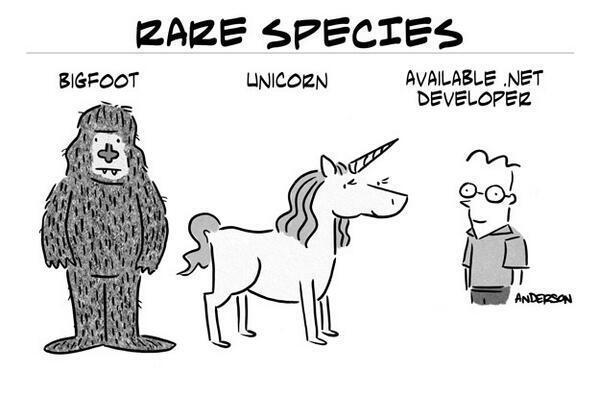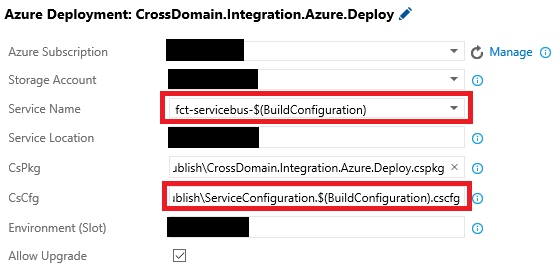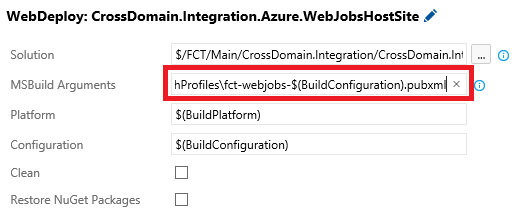Series Overview
I moved to a DevOps team about a year ago and although we’re not really doing DevOps, it’s a good team and we try really hard sometimes! While trying hard I have come across all sorts of funny stuff and recently I have decided to blog about it, maybe someone reading this won’t allow folks to do the same mistakes when presented with the same funny stuff.
Overview
When a development team, or a group of teams, collectively act like a bunch of pussies, they get into trouble easily. Often, this trouble they get themselves into will span across into other folks and teams, and when they aren’t also collectively a bunch of pussies, this will upset them.
The Pussy Developer
A pussy developer is typically a guy that will always agree and do whatever they throw at him. The most intense example would be when you ask the technical lead of your off-shore team in India: “Hey, can you guys build a button on the system that every time I press it, popcorn will come out at my desk?” and you get the obvious answer “Sure, that’s not a problem“.
I’m of the opinion that today successful software is very different then what it was 10 years ago. With the agile mind-set the best thing you can do as a developer is to write lean code, the leaner, the better you will be able to cope with change and the more Agile you’ll be. So things like abstractions don’t really fit today’s lean codebases, you want to deal with the now and ignore the “What if in the future we (…)” and instead align the codebase to deal with those “What if’s” in a very quick way when they actually happen.
I keep seeing folks that haven’t written good code in the last 5 years, tell developers how to write code, as if 5 years later you’d expect things in the fastest changing engineering space to be done the same. Worse, I keep on seeing folks being pushed by others into technology hubs they aren’t comfortable with. And while all this is going on, not a single fuck off.
The genuine knowledge driven nature of developers
I love listening to genuine sports folks talking about their art. Living in Ireland, while being for Portugal has inevitably let to me following two genuine sports figures: Guy Martin and Conor McGregor. I was listening to the radio a few weeks ago and they had on a radio show: Conor McGregor and a high reputation sports comentator. They start the show and McGregor starts disagreeing with the commentator on the subject of enduring pain and commiting to a certain sport and after disagreeing with her twice he says “You sit your fat ass in a fucking sofa all day long and you’re talking to me about pain? What do you know about pain?” and then he carries on until he completly destroys the show. This is expectable when you mix the doer (and he’s not a pussy) with the thinker and they start to disagree.
If McGregor was a developer he’d probably say something in the lines of: “You haven’t written code in 5 years and you’re fucking telling me how to write code?“.
Developers are technical folks. “Technical” comes from technique and it means these folks are more interested in technique then in application, or in other words they care about how a system works instead of what a system does, unlike business users for example. So they pride themselves in how the system works and if it doesn’t work properly, despite doing everything it’s supposed to do, there is no pride, no joy and no fun. This is one of the reasons why turnover is so high in developers and still today a lot of IT management doesn’t get this.
So if you pride yourself on building stuff that works well, why would you ever let someone that no longer knows how to build stuff push you around?
Avoid being a pussy
Just tell people to fuck off, in a blunt fashion if the environment allows you to or in a politer and diplomatic fashion if not: I’ll take what you just said into consideration and evaluate before doing the task.
If you’re being pressured into writing code in a specific way that you don’t agree with, ask the person where can you see any of the commits he(she) has done so that you can evaluate if he(she) is a peer or not, because if the person isn’t your peer you shouldn’t be wasting your time being taught how to code by someone who doesn’t code.

If you’re being pressured into the Java stack as a .Net developer, just say “Hey, just get rid of me and find a Java guy, I have no hard feelings guys, it’s business as usual”.
 Because if you don’t do these things, the outcome won’t be anything that will ever give you or anyone else that actually built it any pride, joy or even a small spark of fun.
Because if you don’t do these things, the outcome won’t be anything that will ever give you or anyone else that actually built it any pride, joy or even a small spark of fun.







